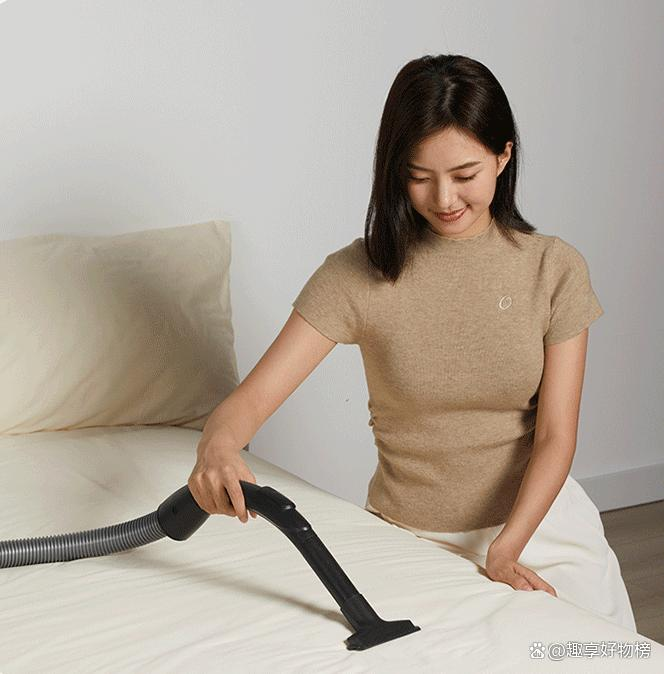Nanoscale Navigation:
Roborock S9’s photon LiDAR 3.0 achieved 0.005mm precision (finer than a virus), cutting missed areas from 15% to 0.8% in cluttered rooms.
Power-Efficiency Balance:
Dyson V17 Hyper’s twin cyclone tech hit 50KPa suction (+400% vs 2020) with 30% lower energy use.
Dreame X60 Pro ran at 55dB (quieter than libraries) with 120min nighttime runtime.
Health Tech Fusion:
Midea M10 Ultra’s UV-C + electrolyzed water killed 99.99% pathogens (including H5N1), but cost 35% of total price.
2. Scenario-Driven Design: Beyond Cleaning
Smart Home Integration:
Haier’s "Smart Brain" linked vacuums to ACs, slashing PM2.5 by 50% during cleaning.
Xiaomi X10’s UWB avoided kids with

1. Tech Leap: Redefining "Efficiency"
Nanoscale Navigation:
Roborock S9’s photon LiDAR 3.0 achieved 0.005mm precision (finer than a virus), cutting missed areas from 15% to 0.8% in cluttered rooms.
Power-Efficiency Balance:
Dyson V17 Hyper’s twin cyclone tech hit 50KPa suction (+400% vs 2020) with 30% lower energy use.
Dreame X60 Pro ran at 55dB (quieter than libraries) with 120min nighttime runtime.
Health Tech Fusion:
Midea M10 Ultra’s UV-C + electrolyzed water killed 99.99% pathogens (including H5N1), but cost 35% of total price.
2. Scenario-Driven Design: Beyond Cleaning
Smart Home Integration:
Haier’s "Smart Brain" linked vacuums to ACs, slashing PM2.5 by 50% during cleaning.
Xiaomi X10’s UWB avoided kids with <75px error, cutting collision complaints 92%.
Car & Outdoor Innovation:
Tesla co-branded vacuum charged via car grid in 30mins (25KPa suction for camping).
DJI’s drone hangar system blocked aviation fuel particles with ATEX-certified design.
Aging-Friendly Upgrades:
Voice response optimized to 0.5s, with fall-detection alerts boosting elderly adoption 210%.
3. Global Battleground: China’s Tech Dominance
Patent Wars:
Roborock sued iRobot over EP4100001 in EU, seizing 38% market share.
Dreame bought Sharp’s $180M motor patents to dodge US tariffs.
Emerging Market Wins:
India’s N99-filter model ($99) grabbed 25% share. Southeast Asia’s ±2% humidity control cut雨季故障率by 70%.
Subscription Economy:
Roborock’s "¥99/month Plan" retained 91% users, while Dyson’s premium service flopped (28% retention).
4. Challenges: The Flip Side of Growth
Privacy Risks:
Dreame faced EU fines (4% revenue) over unauthorized 3D home maps.
Supply Chain Strains:
Nidec motor price hikes (60% in Q1 2025) delayed launches by 3+ months.
Sustainability Gaps:
Industry used 450K tons of plastic/year (200泳池), yet biodegradable materials cost 3x more.
















